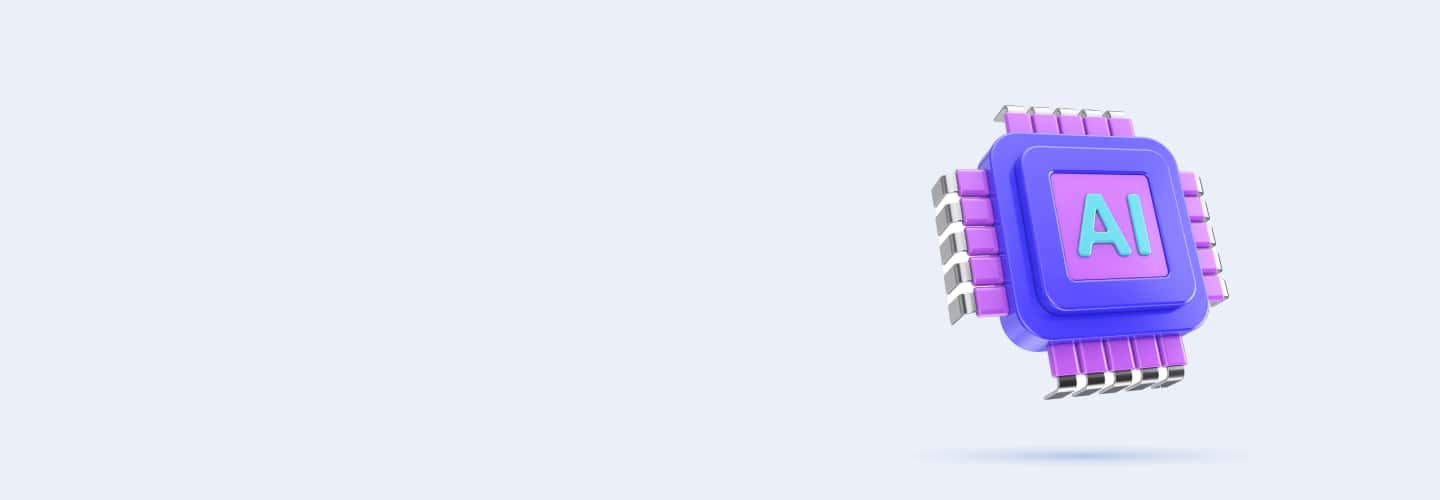
Q1
Q1 What is the primary goal of Artificial Intelligence?
To create systems that require human input to operate
To develop systems that simulate human intelligence processes
To replace all jobs currently performed by humans
To enhance computer processing speeds
Q2
Q2 Which of the following is a key characteristic of Artificial Intelligence systems?
Limited memory
Reactive machines
Self-awareness
Predictive analytics
Q3
Q3 In which year was the term "Artificial Intelligence" first coined?
1945
1956
1960
1972
Q4
Q4 Which of the following is NOT a type of AI as defined by capabilities?
Narrow AI
General AI
Supervised AI
Super AI
Q5
Q5 What is the difference between Narrow AI and General AI?
Narrow AI performs specific tasks
General AI performs specific tasks
Narrow AI has the capability to perform any intellectual task
General AI is currently in widespread use
Q6
Q6 Which of the following is an example of General AI?
IBM's Watson
Siri
Google's AlphaGo
None of the above
Q7
Q7 In Python, which library is commonly used for AI tasks such as Natural Language Processing (NLP)?
NumPy
NLTK
Pandas
SciPy
Q8
Q8 Your AI system is making decisions based on incorrect historical data. What is the most likely cause?
Data bias
Overfitting
Algorithm complexity
Lack of data
Q9
Q9 What is the first step in the problem-solving process in AI?
Define the problem
Develop an algorithm
Test the solution
Implement the solution
Q10
Q10 Which of the following is a common strategy used in AI problem-solving?
Brute force search
Binary search
Merge sort
Quick sort
Q11
Q11 Which AI technique involves breaking down a problem into smaller sub-problems?
Divide and conquer
Greedy algorithm
Heuristic search
Depth-first search
Q12
Q12 In AI, what does the term "heuristic" refer to?
A guaranteed solution
A shortcut to find a good solution
An exact algorithm
A random solution
Q13
Q13 Which of the following is an example of a problem that can be solved using AI?
Multiplying two numbers
Solving a maze
Calculating the square root
Adding two integers
Q14
Q14 What is the primary purpose of using a search algorithm in AI problem-solving?
To store data efficiently
To navigate through a solution space
To sort data
To implement AI models
Q15
Q15 Which of the following is a disadvantage of using brute force search in AI?
It is not guaranteed to find a solution
It requires domain-specific knowledge
It is computationally expensive
It only works for small datasets
Q16
Q16 What role does backtracking play in AI problem-solving?
It avoids revisiting already explored paths
It guarantees finding the optimal solution
It simplifies the problem
It is used to store solutions
Q17
Q17 In Python, which algorithm would you use to solve a maze problem?
Depth-first search
Binary search
Linear search
Bubble sort
Q18
Q18 Which Python function would you use to generate all possible permutations of a list?
itertools.combinations
itertools.permutations
random.shuffle
numpy.array
Q19
Q19 How would you implement a simple brute force search to find a target element in a list in Python?
Use a for loop to iterate through the list
Use a while loop with break
Use binary search
Use a recursive function
Q20
Q20 In Python, how would you implement the A* search algorithm for pathfinding in a graph?
Use a priority queue to store nodes
Use a stack to store nodes
Use recursion to explore all paths
Use a simple list to store nodes
Q21
Q21 Which Python library can be used to visualize search algorithms applied to a problem?
matplotlib
Pandas
Scikit-learn
TensorFlow
Q22
Q22 Your AI solution is taking too long to find a solution using brute force. What is a possible solution?
Increase the dataset size
Switch to a heuristic-based search
Add more processing power
Decrease the dataset size
Q23
Q23 An AI model is stuck in a loop while trying to solve a problem. What is the most likely cause?
Infinite recursion
Incorrect algorithm
Data bias
Overfitting
Q24
Q24 Your search algorithm is not finding the optimal solution. What could be the issue?
The algorithm is not greedy enough
The heuristic function is not admissible
The dataset is too small
The algorithm is too simple
Q25
Q25 What is the main purpose of search algorithms in AI?
To find the best sorting method
To explore possible solutions
To enhance data storage
To simplify coding
Q26
Q26 Which of the following is an example of an uninformed search algorithm?
A* search
Breadth-first search
Hill climbing
Genetic algorithm
Q27
Q27 What is the key difference between depth-first search (DFS) and breadth-first search (BFS)?
DFS uses a queue, BFS uses a stack
DFS uses a stack, BFS uses a queue
DFS is informed, BFS is uninformed
DFS is optimal, BFS is not
Q28
Q28 In which scenario is using A* search algorithm preferable?
When the path cost is uniform
When the heuristic is not admissible
When the search space is small
When the goal is to find the shortest path efficiently
Q29
Q29 Which of the following is NOT a characteristic of the greedy best-first search algorithm?
It is optimal
It uses a heuristic function
It is not complete in some cases
It can be faster than other algorithms
Q30
Q30 What is the primary advantage of using informed search algorithms over uninformed ones?
They guarantee finding a solution
They use heuristics to guide the search
They are faster
They require less memory

